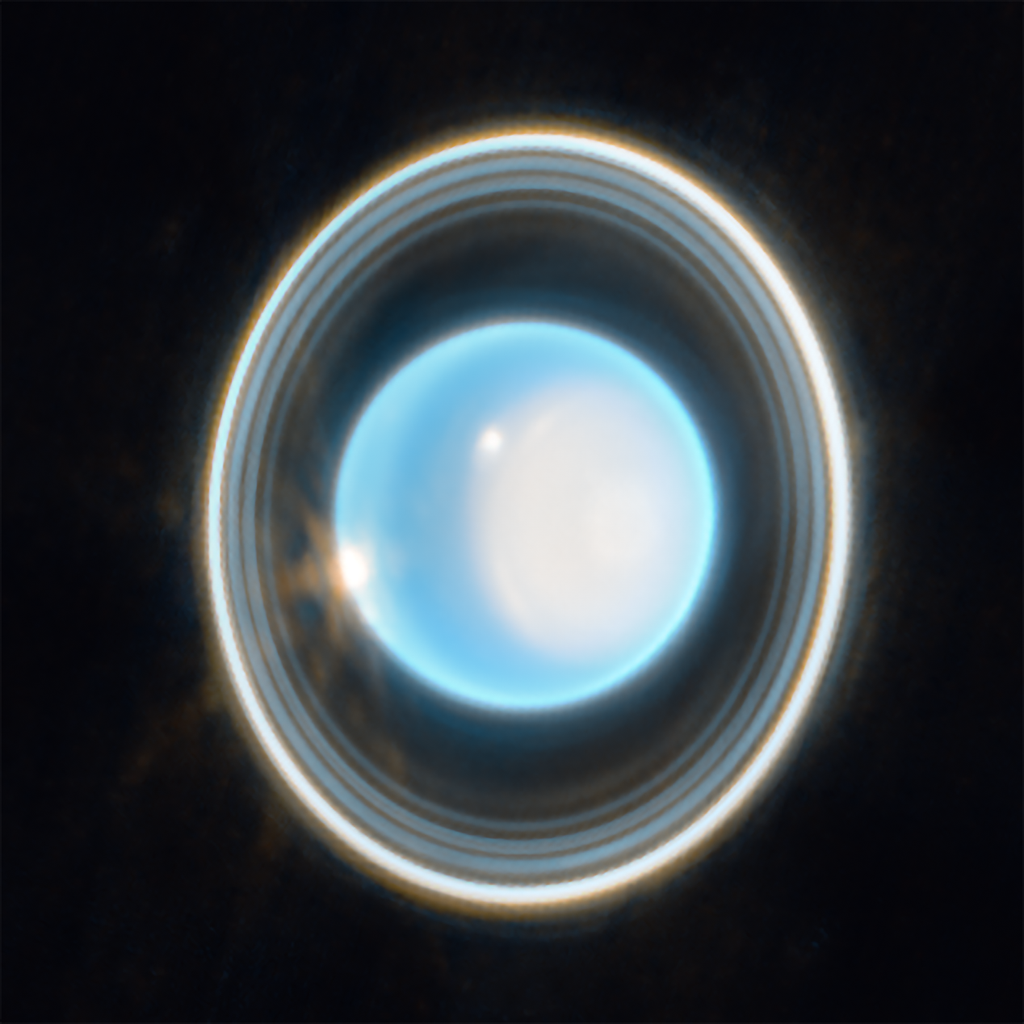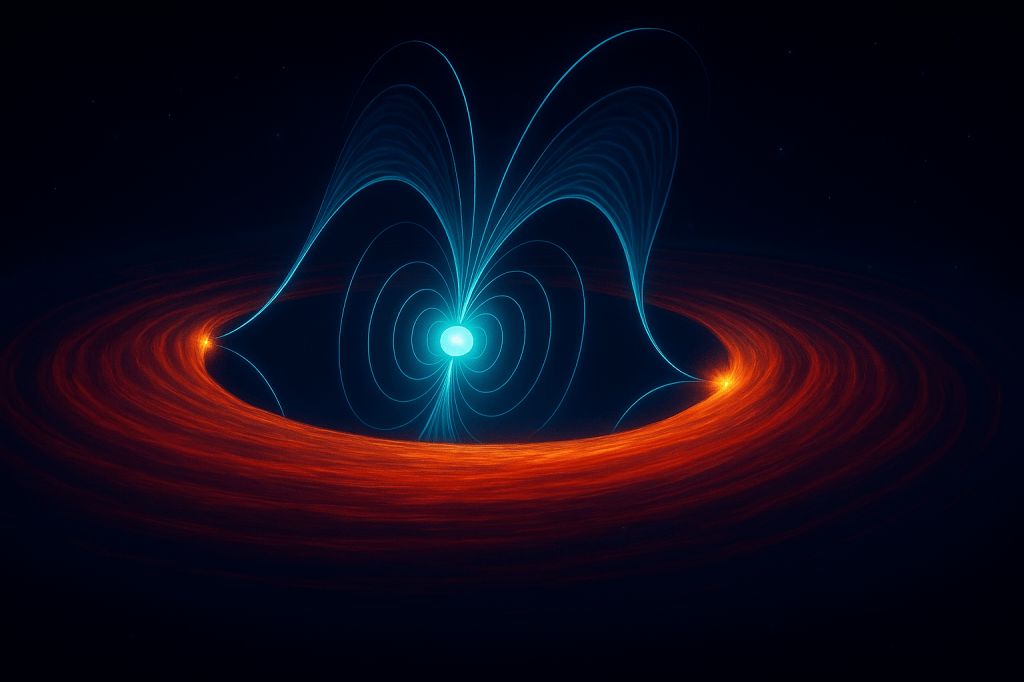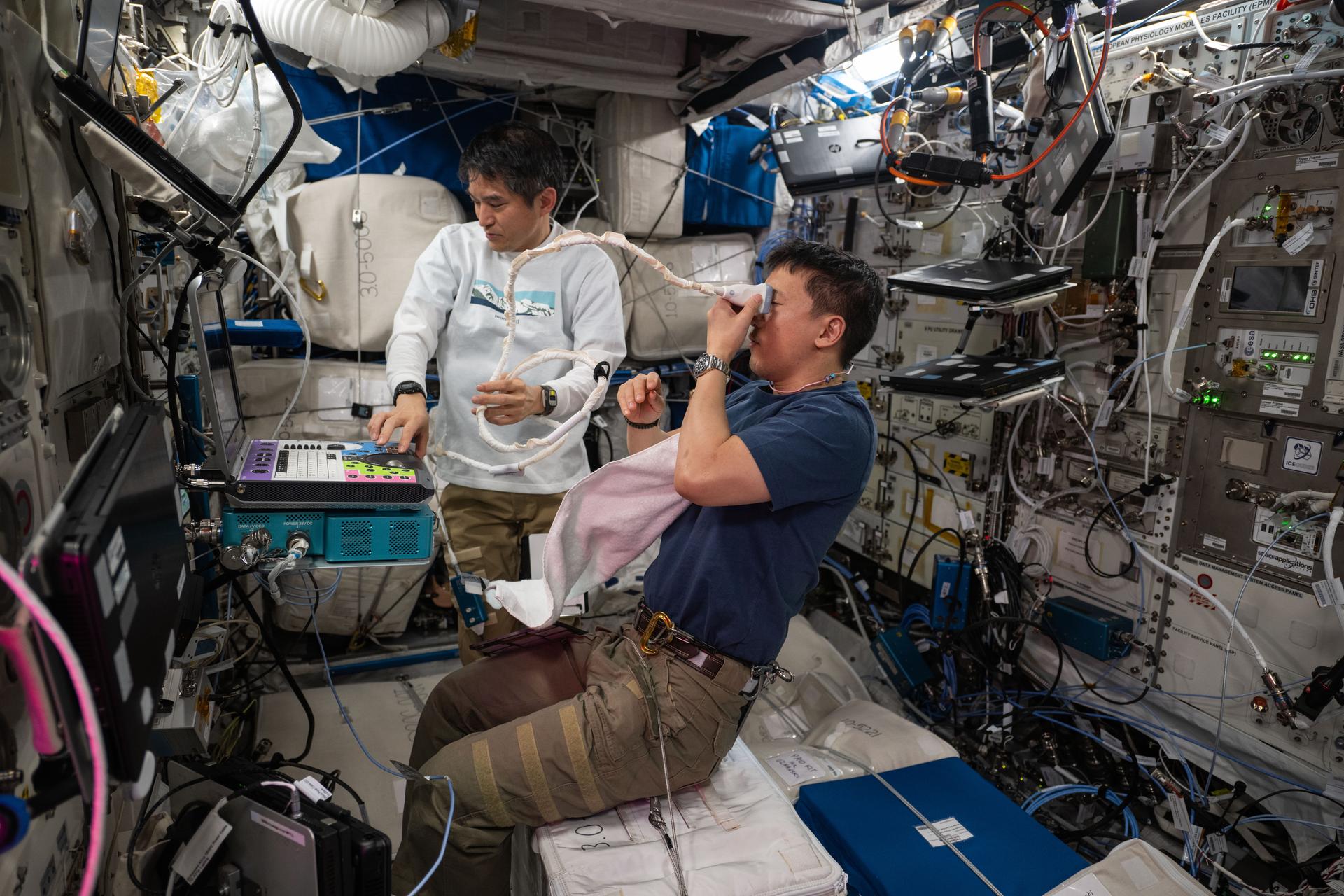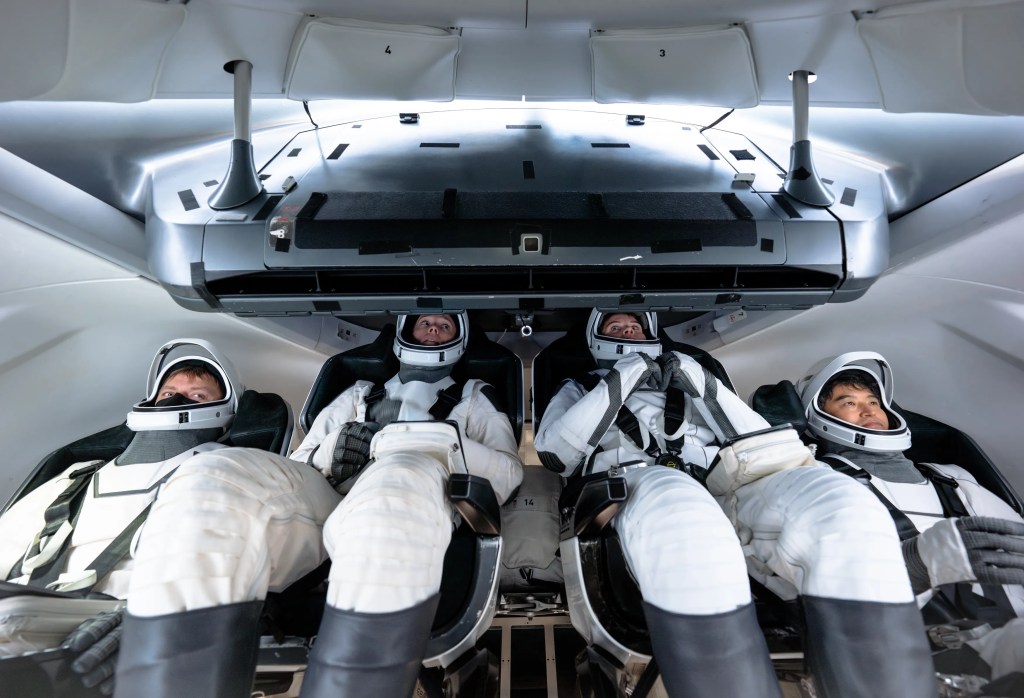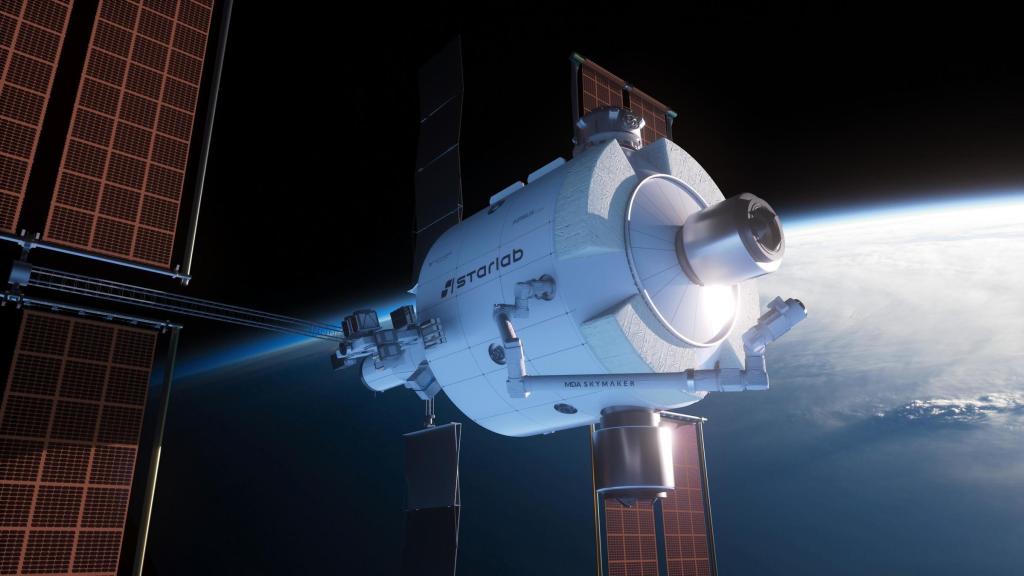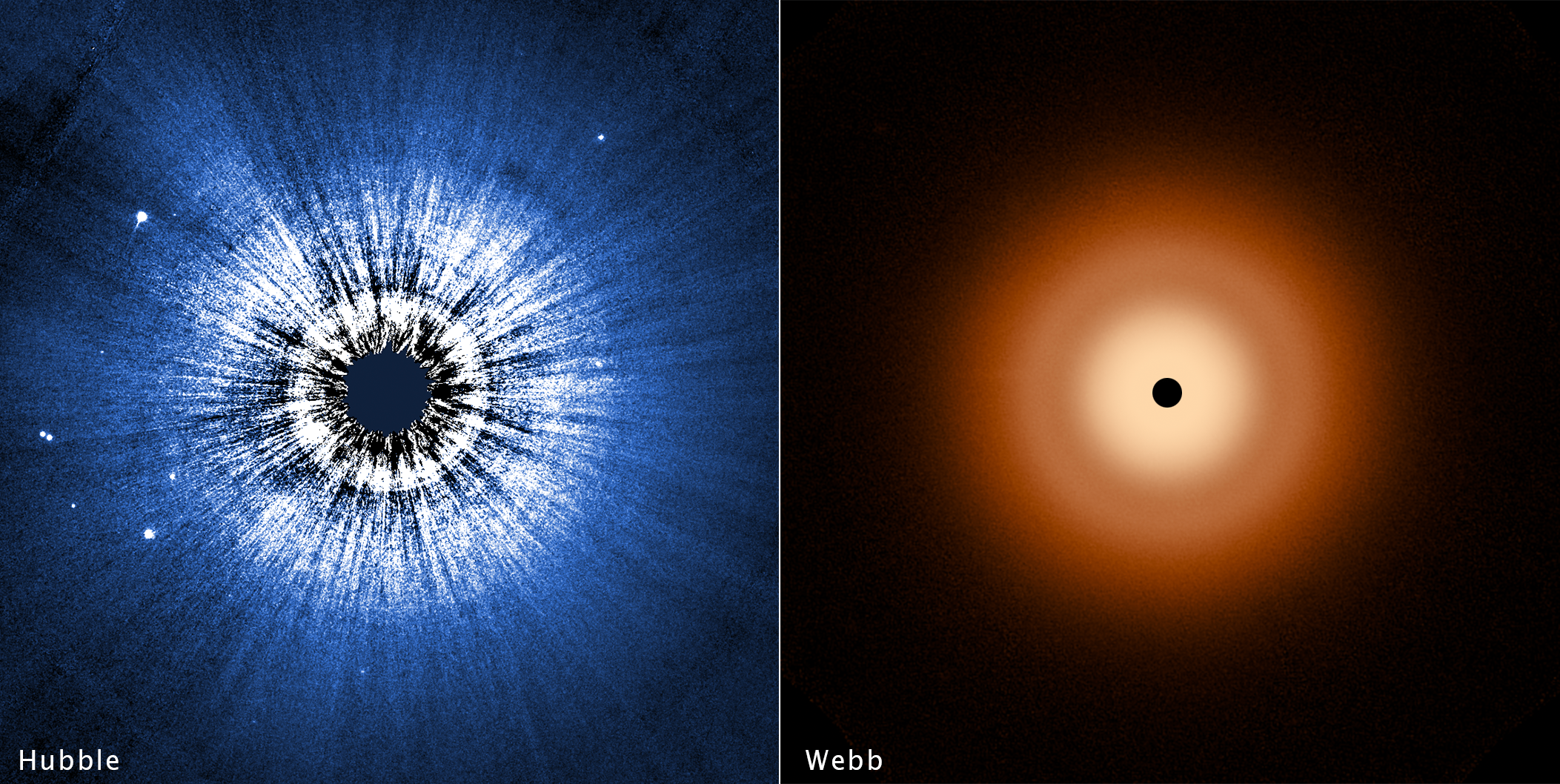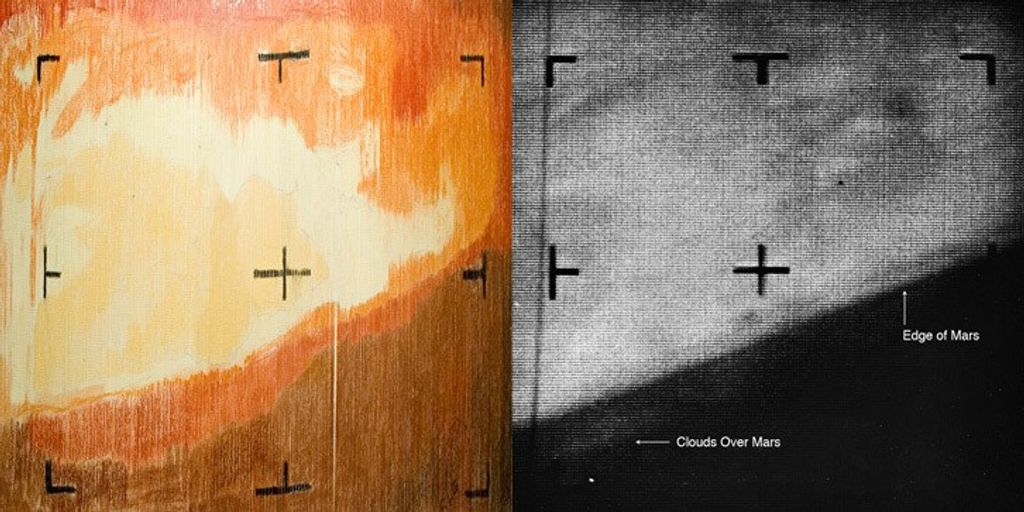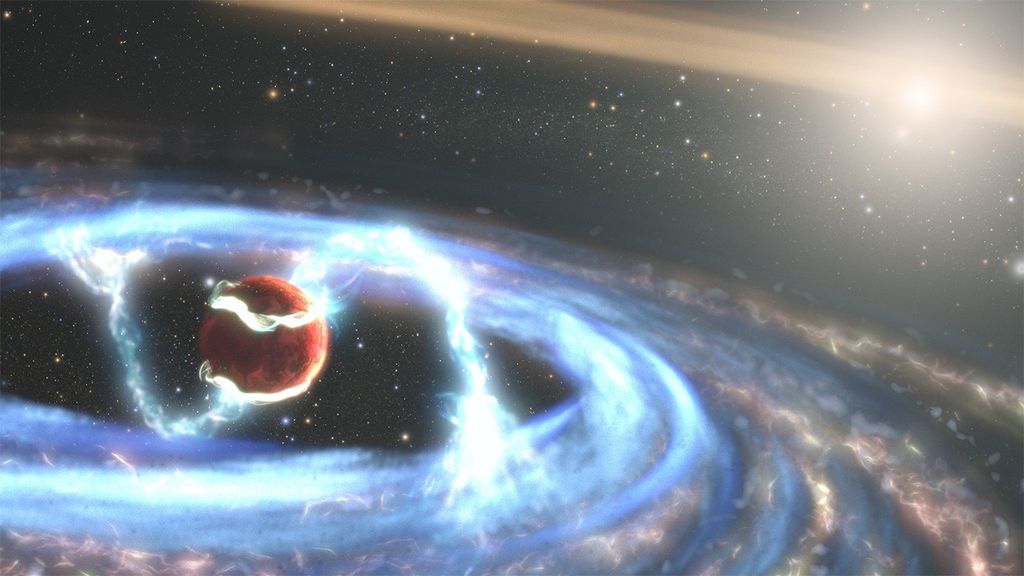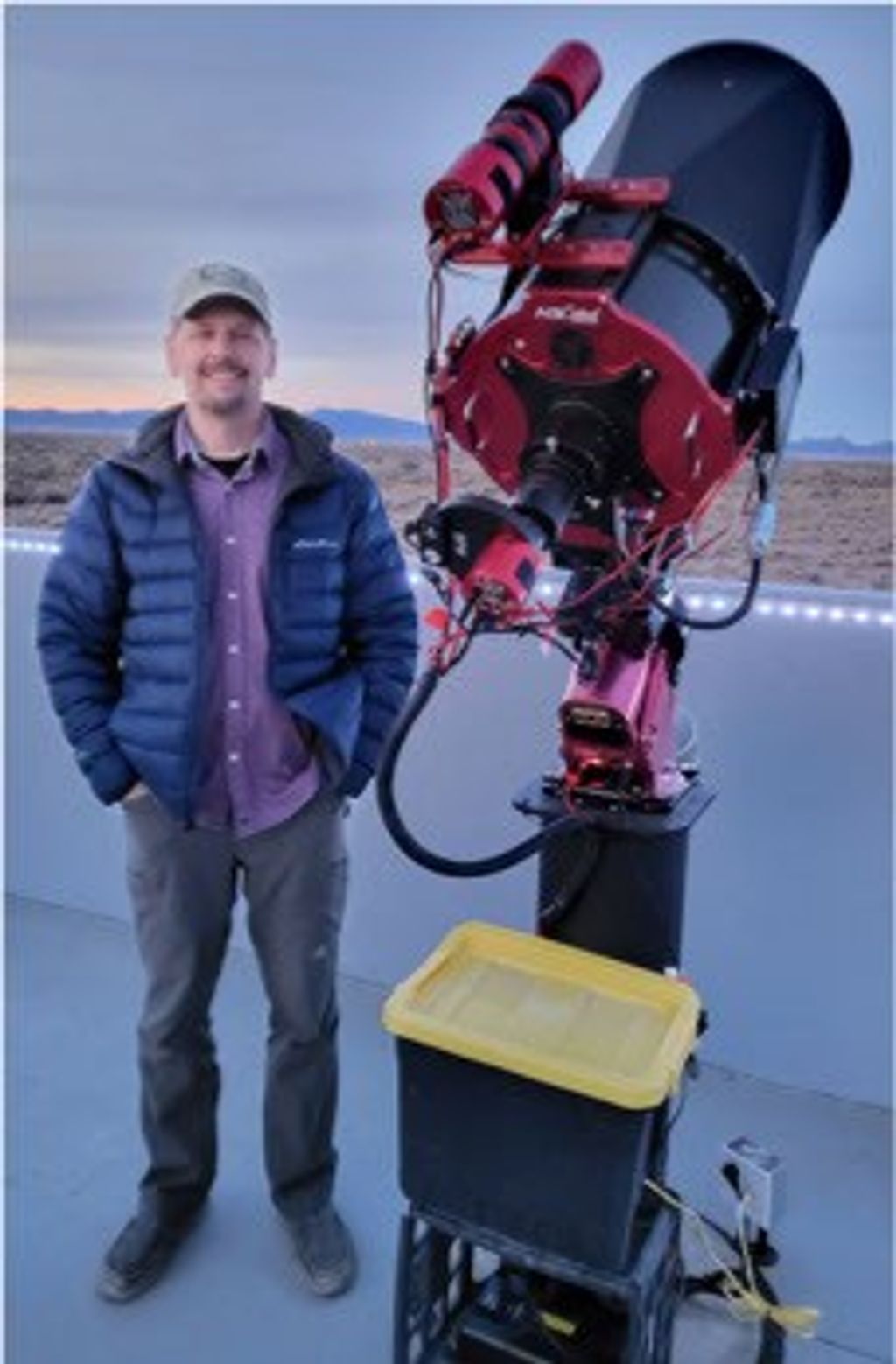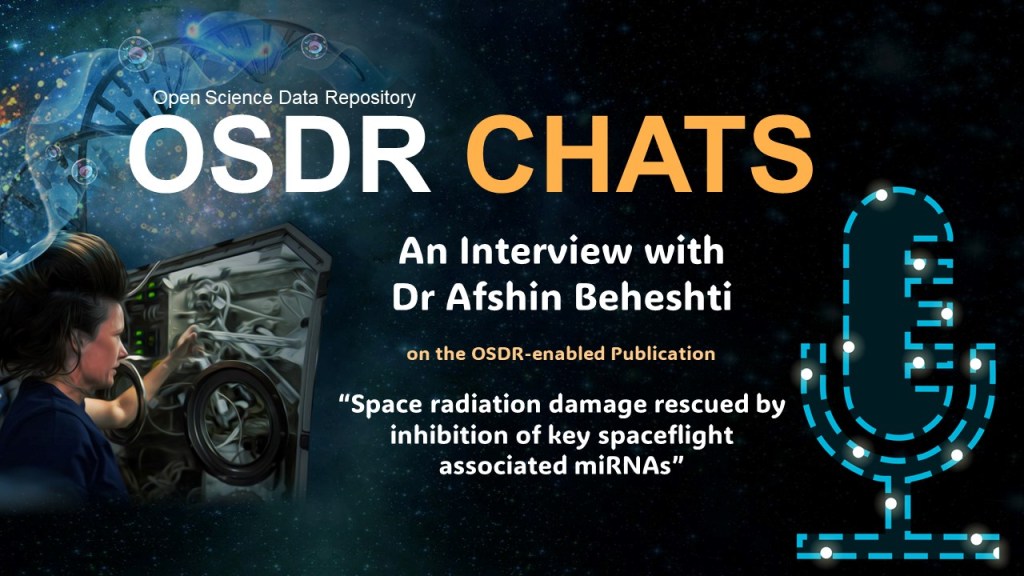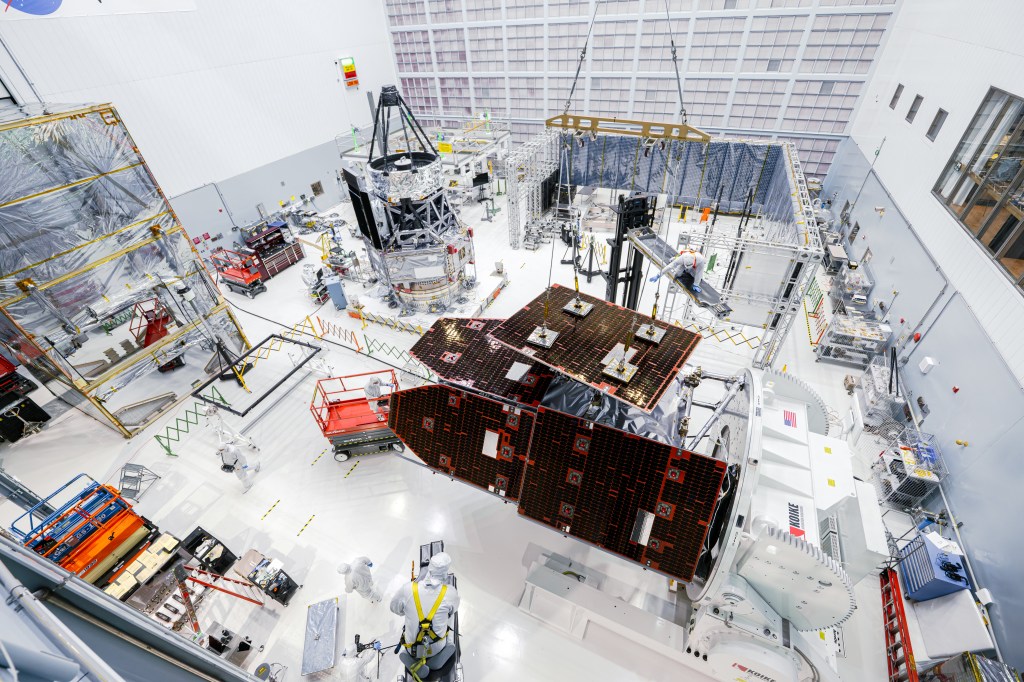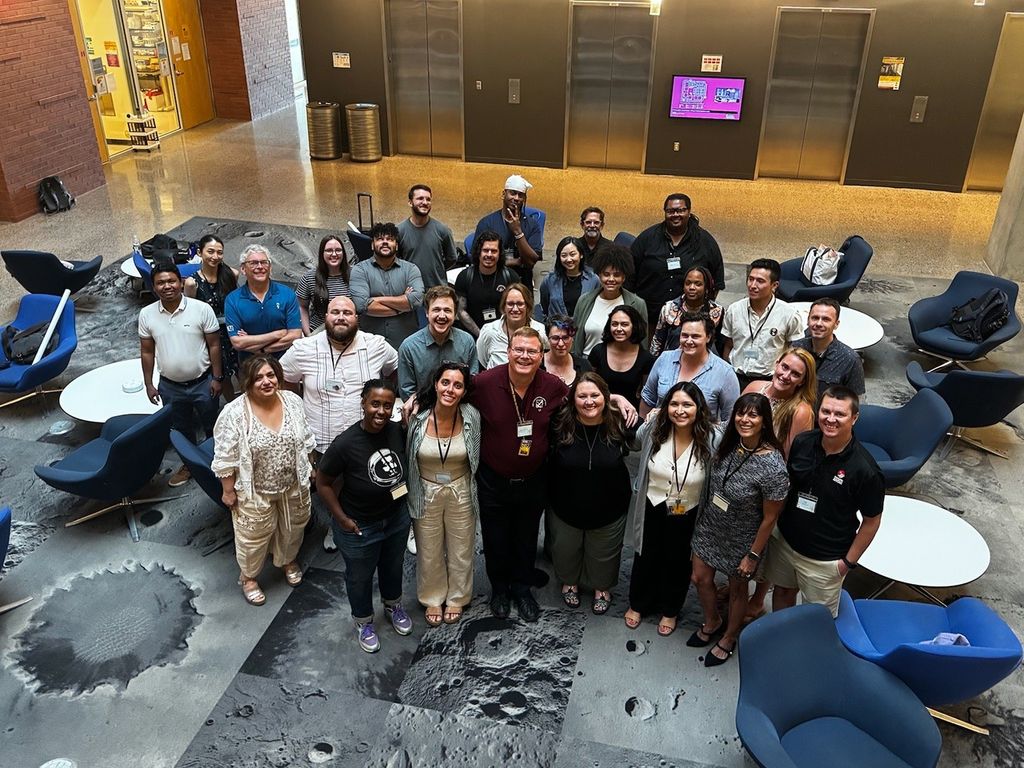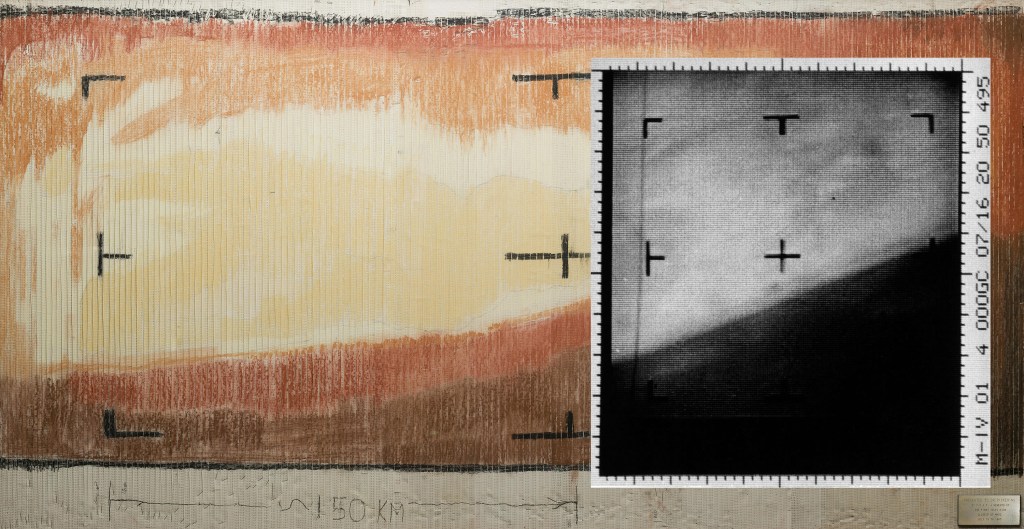1 min read
Hubble Peers Inside Interstellar Bubble N44F

In this unusual image, NASA's Hubble Space Telescope captures a rare view of the celestial equivalent of a geode - a gas cavity carved by the stellar wind and intense ultraviolet radiation from a hot young star.
Real geodes are baseball-sized, hollow rocks that start out as bubbles in volcanic or sedimentary rock. Only when these inconspicuous round rocks are split in half by a geologist, do we get a chance to appreciate the inside of the rock cavity that is lined with crystals. In the case of Hubble's 35 light-year diameter "celestial geode" the transparency of its bubble-like cavity of interstellar gas and dust reveals the treasures of its interior.
The object, called N44F, is being inflated by a torrent of fast-moving particles (called a "stellar wind") from an exceptionally hot star once buried inside a cold dense cloud. Compared with our Sun (which is losing mass through the so-called "solar wind"), the central star in N44F is ejecting more than a 100 million times more mass per second. The hurricane of particles moves much faster at about 4 million miles per hour (7 million kilometers per hour), as opposed to about 0.9 million miles per hour (1.5 million kilometers per hour) for our Sun. Because the bright central star does not exist in empty space but is surrounded by an envelope of gas, the stellar wind collides with this gas, pushing it out, like a snowplow. This forms a bubble, whose striking structure is clearly visible in the crisp Hubble image.
The nebula N44F is one of a handful of known interstellar bubbles. Bubbles like these have been seen around evolved massive stars (Wolf-Rayet stars), and also around clusters of stars (where they are called "super-bubbles"). But they have rarely been viewed around isolated stars, as is the case here.
On closer inspection N44F harbors additional surprises. The interior wall of its gaseous cavity is lined with several four- to eight-light-year-high finger-like columns of cool dust and gas. (The structure of these "columns" is similar to the Eagle Nebula's iconic "pillars of creation" photographed by Hubble a decade ago, and is seen in a few other nebulae as well). The fingers are created by a blistering ultraviolet radiation from the central star. Like windsocks caught in a gale, they point in the direction of the energy flow. These pillars look small in this image only because they are much farther away from us than the Eagle Nebula's pillars.
N44F is located about 160,000 light-years in our neighboring dwarf galaxy the Large Magellanic Cloud, in the direction of the southern constellation Dorado. N44F is part of the larger N44 complex, which is a large super-bubble, blown out by the combined action of stellar winds and multiple supernova explosions. N44 itself is roughly 1,000 light-years across. Several compact star-forming regions, including N44F, are found along the rim of the central super-bubble.
This image was taken with Hubble's Wide Field Planetary Camera 2 in March 2002, using filters that isolate light emitted by sulfur (shown in blue, a 1,200-second exposure) and hydrogen gas (shown in red, a 1,000-second exposure).
About the Object
- R.A. PositionR.A. PositionRight ascension – analogous to longitude – is one component of an object's position.05h 21m 49.79s
- Dec. PositionDec. PositionDeclination – analogous to latitude – is one component of an object's position.-67° 54' 59.14"
- ConstellationConstellationOne of 88 recognized regions of the celestial sphere in which the object appears.Dorado
- DimensionsDimensionsThe physical size of the object or the apparent angle it subtends on the sky.This image is roughly 2 arcminutes ( 98 light-years or 30 parsecs) wide.
About the Data
- Data DescriptionData DescriptionProposal: A description of the observations, their scientific justification, and the links to the data available in the science archive.
Science Team: The astronomers who planned the observations and analyzed the data. "PI" refers to the Principal Investigator.This image was created from HST data from proposal 6698: Y.-H. Chu (U. Illinois at Urbana - Champaign), D. Bomans and K. Weis (Universitat Bochum), G. Garcia-Segura and M. Rosado (UNAM), A. Laval (Observatoire de Marseille), S. Points (Northwestern U.), H. Yang (U. Minnesota - Twin Cities). Y. Nazé (U. Liège, Belgium) is also a science collaborator. - InstrumentInstrumentThe science instrument used to produce the data.HST>WFPC2
- Exposure DatesExposure DatesThe date(s) that the telescope made its observations and the total exposure time.March 25, 2000, Exposure Time: 37 minutes
- FiltersFiltersThe camera filters that were used in the science observations.F656N (Halpha), F673N ([S II])
- Object NameObject NameA name or catalog number that astronomers use to identify an astronomical object.N44
- Object DescriptionObject DescriptionThe type of astronomical object.H II Region in the Large Magellanic Cloud (LMC)
- Release DateAugust 12, 2004
- Science ReleaseHubble Peers Inside a Celestial Geode
- Credit
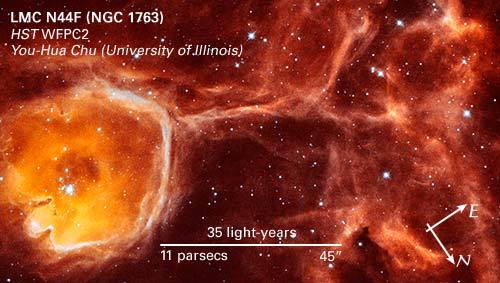
Share
Details
Claire Andreoli
NASA’s Goddard Space Flight Center
Greenbelt, Maryland
claire.andreoli@nasa.gov


